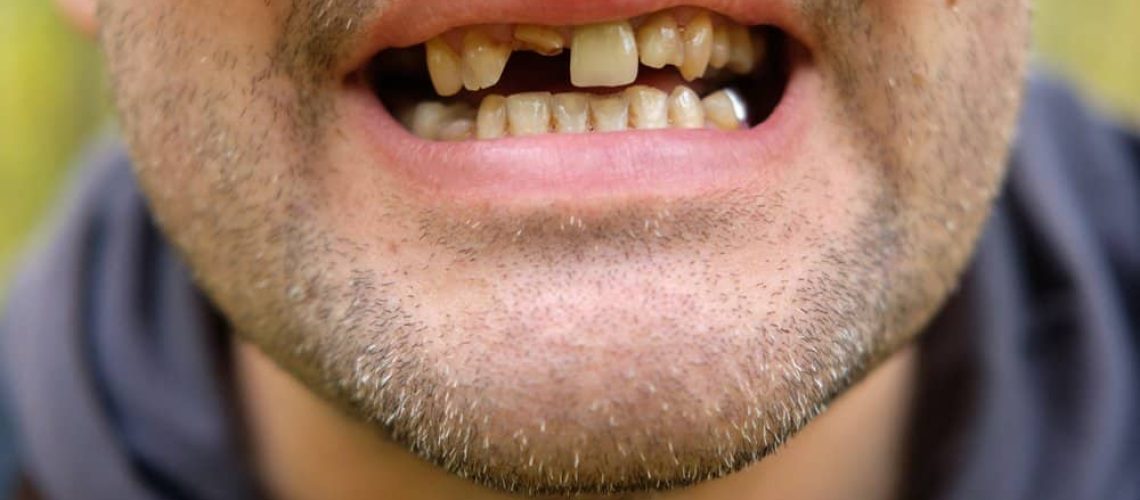As time goes on, more and more evidence is beginning to build that indicates the relationship between dental health and the overall health of the body. Recent studies are showing that good dental hygiene is linked with a lower risk of chronic illnesses, stroke being one of them. Researchers are discovering that the same bacteria in the mouth that is responsible for tooth decay can contribute to a greater likelihood of specific kinds of stroke, particularly hemorrhagic strokes – a stroke that results from the rupturing of blood vessels in the brain, which causes internal bleeding.
How Oral Bacteria Can Reach Blood Vessels
In order to elucidate the connection between oral bacteria and stroke, let’s start with a brief rundown of the tooth decay process from beginning to end.
- Plaque Formation: Plaque forms in the mouth as a result of carbohydrates in food combining with the bacteria that naturally lives in the mouth. This combination results in a chemical reaction which creates an acid. This acid collects food particles and forms a thick, sticky paste. This is plaque – an acidic substance that contains harmful bacteria.
- Demineralization: The plaque begins to wear down tooth enamel – the protective layer surrounding the teeth.
- First Stage Tooth Decay: Spots begin to form where tooth enamel becomes particularly thin, and the acidic plaque begins to reach the dentin, the layer underneath the tooth enamel. This forms black spots that many mistake for cavities. At this stage, you will likely begin to feel some pain, although the process is still reversible.
- Cavity Formation: Eventually, the plaque wears a hole in the dentin, and a cavity forms. Pain increases at this stage.
- Pulpitis: At this stage, the acid and bacteria in the plaque can begin to infect the soft tissue underneath the dentin. This tissue, which contains the tooth nerve, is called the “pulp”. This stage is very painful.
- Abscess: Eventually, an extremely painful, inflamed, and infected pocket forms near the root, which can spread to the surrounding gum line and into the bloodstream.
The spreading of bacteria into the bloodstream at the point of abscess is one connection between oral bacteria in the mouth and a possible increased risk of stroke.
How This Bacteria Could Affect the Body
Researchers believe that oral bacteria tends to become attached to blood vessels, and this bacteria may be the cause of various arterial ruptures in the brain, possibly resulting in hemorrhages both large and small. Oral bacteria may also increase the number of cerebral microbleeds – these are relatively small hemorrhages in the brain, but can cause intracerebral hemorrhage and even dementia.
Beyond Cavities – Periodontal Disease and Its Links To Various Health Problems
There is also a link between periodontal (gum) disease and various health problems, including stroke and heart attack. As periodontal disease progresses, the gums become inflamed due to bacteria in plaque. Over time, this bacteria easily makes its way into the bloodstream. Plaque, being a major cause of heart disease (the result of plaque buildup in arteries), is correlated with an increased risk of heart attack.
It is important to practice proper dental hygiene in order to ensure against an increased risk of heart attack and stroke.






